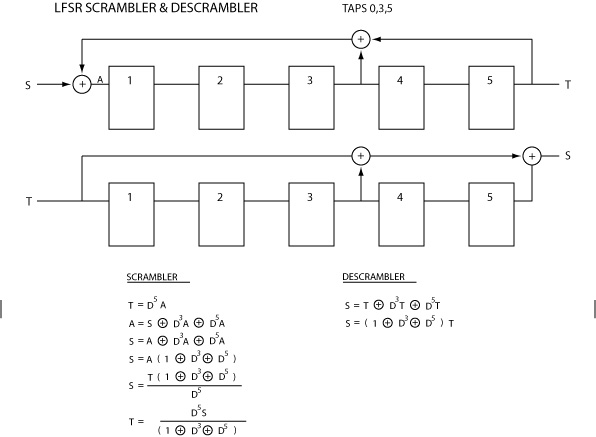


"Efficient design of event-related fMRI experiments using M-sequences". The Journal of the Acoustical Society of America. "A performance comparison between m-sequences and linear frequency-modulated sweeps for the estimation of travel-time with a moving source". Signal Design for Good Correlation: For Wireless Communication, Cryptography, and Radar. This relationship allows the correlation of an MLS to be computed in a fast algorithm similar to the FFT. Relationship to Hadamard transform Ĭohn and Lempel showed the relationship of the MLS to the Hadamard transform. Other signals have been designed with minimal crest factor, though it is unknown if it can be improved beyond 3 dB. However, after analog reconstruction, the sharp discontinuities in the signal produce strong intersample peaks, degrading the crest factor by 4-8 dB or more, increasing with signal length, making it worse than a sine sweep. It is commonly assumed that the MLS would then be the ideal signal, as it consists of only full-scale values and its digital crest factor is the minimum, 0 dB. \,Īnd assuming that φ ss is an impulse (valid for long sequences)Īny signal with an impulsive autocorrelation can be used for this purpose, but signals with high crest factor, such as the impulse itself, produce impulse responses with poor signal-to-noise ratio. It can be expressed using the following recursive relation: An MLS-generating system with a shift register of length 4 is shown in Fig. MLS are generated using maximal linear-feedback shift registers. Generation Figure 1: The next value of register a 3 in a feedback shift register of length 4 is determined by the modulo-2 sum of a 0 and a 1. They are also used as a basis for deriving pseudo-random sequences in digital communication systems that employ direct-sequence spread spectrum and frequency-hopping spread spectrum transmission systems, and in the efficient design of some fMRI experiments. Practical applications for MLS include measuring impulse responses (e.g., of room reverberation or arrival times from towed sources in the ocean ). These sequences may be represented as coefficients of irreducible polynomials in a polynomial ring over Z/2Z. MLSs are spectrally flat, with the exception of a near-zero DC term. An MLS is also sometimes called an n-sequence or an m-sequence. They are bit sequences generated using maximal linear-feedback shift registers and are so called because they are periodic and reproduce every binary sequence (except the zero vector) that can be represented by the shift registers (i.e., for length- m registers they produce a sequence of length 2 m − 1). A maximum length sequence ( MLS) is a type of pseudorandom binary sequence.


 0 kommentar(er)
0 kommentar(er)
